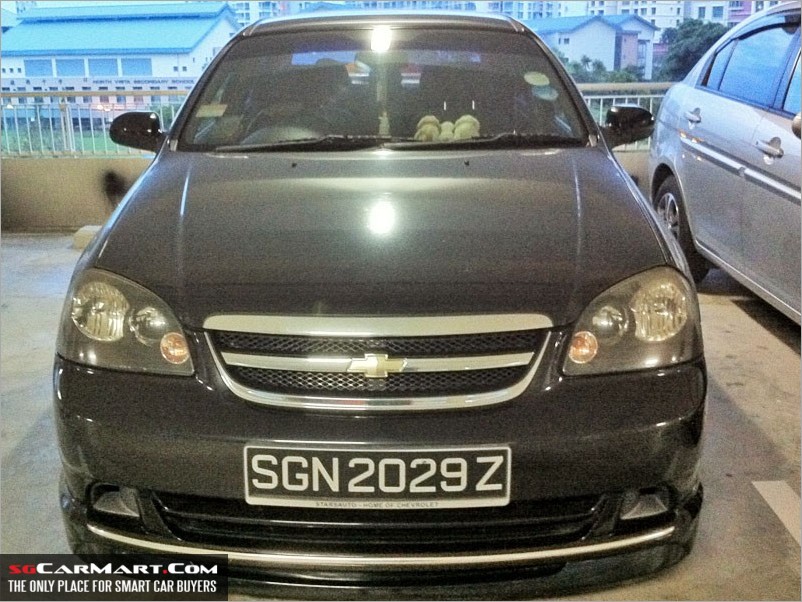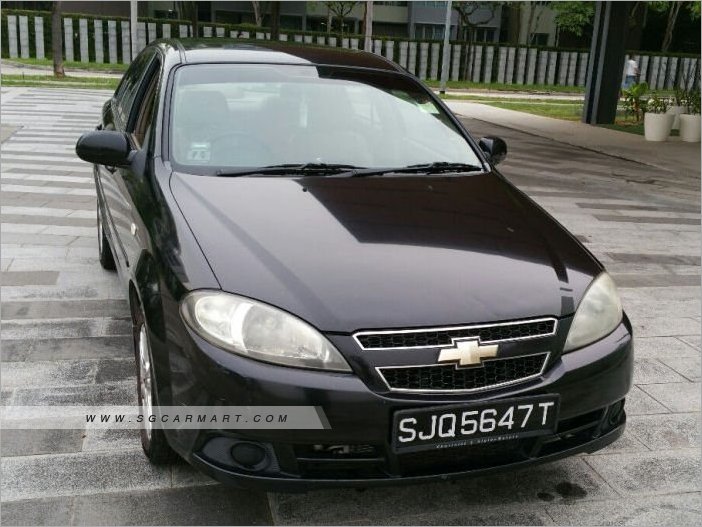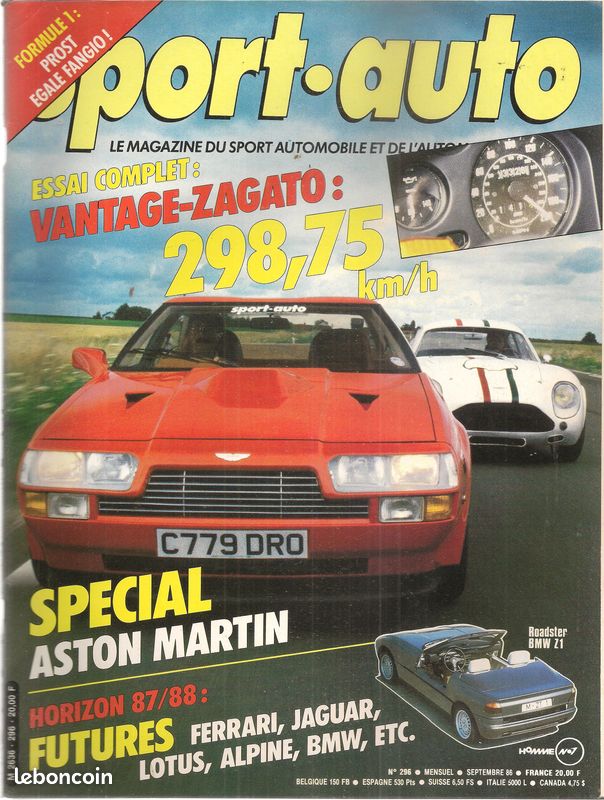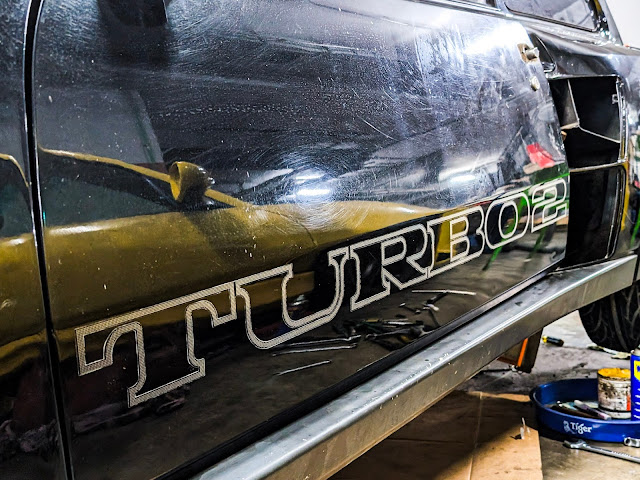The day started out like an ordinary car exhibition, promising a display of classic cars. It was only when I was there in person that this rather wedge-shaped car caught my eye, even more with its strange number plate unlike the typical UK-style format. After some research, I was pleasantly surprised to behold this 1980 Lotus Elite Type 83 - not quite a family van, but a sports-car with room, and serious character!
In the mid-1970s, Lotus was still best known for cars like the Elan and Europa - lightweight, razor-sharp in handling, but not exactly practical for four people and luggage. Enter the earlier Elite (Type 75) launched in 1974, as a replacement for the ageing Elan Plus 2. Its unique shooting brake body style with a glass rear hatch was the brainchild of the automotive designer Oliver Winterbottom, who took inspiration from the Lamborghini Espada. As a result of the high rear roof, there was space for rear seats.
The Type 75 Elite was available in 4 main variations (501 to 504), set apart by the progressive addition of air-conditioning, power steering and automatic transmission. While the Type 75 was praised for its superb handling and luxurious looks, it was let down by its high price (at one point it was the world's most expensive car with an inline-4 engine) and poor build quality.
In 1980, the Type 83 was introduced; it was fitted with a larger engine and a galvanised steel chassis, which addressed many of the earlier car’s shortcomings. Its headlights were now electrically-operated compared to vacuum in the Type 75, along with a new rear bumper for a squarish number plate and lights.
The Elite Type 83 was powered by the 2,174 cc Lotus 912 inline-4 engine, allowing the car to reach a top speed of 198 km/h with an acceleration of 8.2 seconds [0-100 km/h]. It was 4458 mm long and 1207 mm high, weighing in at 1,200 kg with a fuel consumption of 11.7 litres / 100 km.
Production of the Elite ended in 1982, with 2,535 made. Of which, only 133 were the Type 83 with 123 units in RHD. Elites existed in Singapore previously based on newspaper records, but none have remained till today. This particular unit curiously carries French number plates, although it is a RHD model made for the UK market. Decked out in classic British Racing Green, it is a throwback to a time where boundaries were pushed to the limits. Interestingly, an Elite concept was revealed in 2010 where the car was to feature a 5 litre V8 engine, but the project was scrapped in 2012 due to a change in ownership of Lotus's then-parent company Proton.
The Lotus Elite Type 83 might not grab headlines like a mid-80s supercar, and it is not mentioned in the same breath as Lotus' other renowned offerings. nor does it have the instantaneous halo effect of some exotic marques. What it does offer is something rarer: a genuine driver’s car with four seats, built by a marque that knew handling as well as anyone, and done in a body style that dared to be different. While this unit is currently unregistered, hopefully it will go on the roads soon so that you will be able to appreciate its unique beauty!



















































